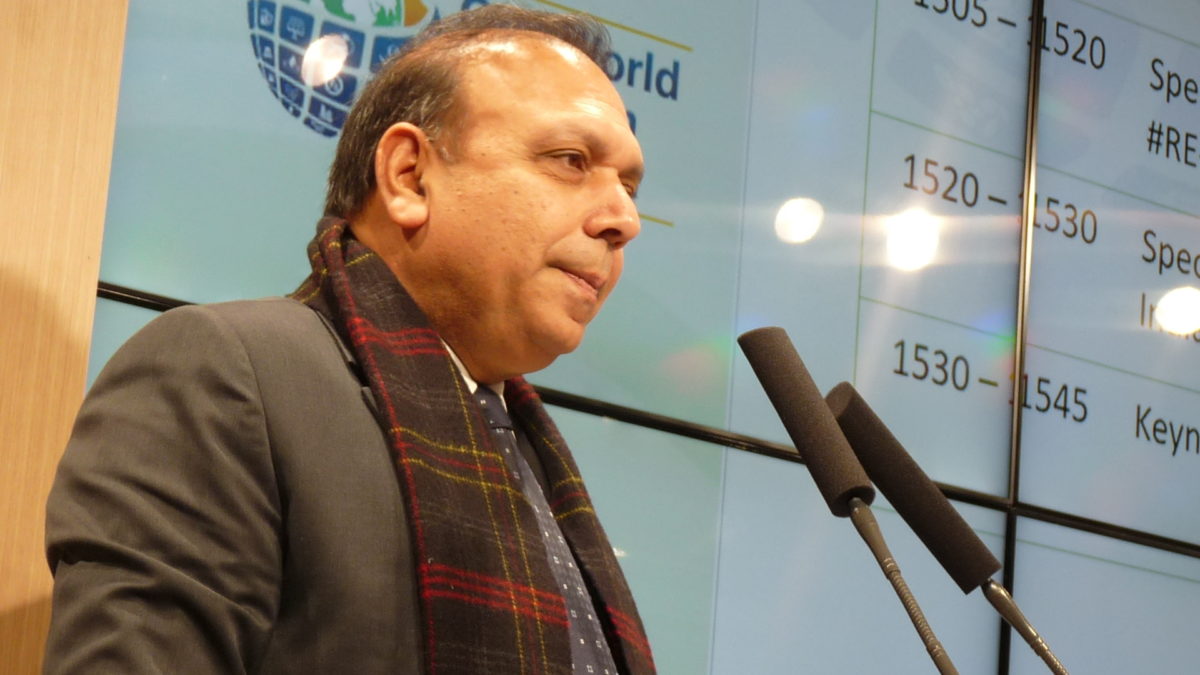The secretary of the Ministry of New & Renewable Energy has reportedly told the AFP newswire of plans to develop 55 GW of renewable energy generation capacity along a large section of the border with Pakistan.
AFP on Monday reported Anand Kumar had revealed plans for 30 GW of clean energy capacity in Gujarat and 25 GW in Rajasthan and had asked the state governments to identify a 20-25km strip of land to host the infrastructure in the Kutch district of Gujarat and stretching along the Bikaner, Barmer and Jaisalmer border districts of Rajasthan.
The Indian government is reportedly planning to develop the solar and wind projects on desert and semi-arid wasteland which is plentiful along the border and work is scheduled to start, under high security, within 18 months of the Ministry of Defence giving the go-ahead.
Why along the border?
It is not clear why the Indian government has chosen to make such a huge infrastructure investment along the border at a time when tensions between New Delhi and Islamabad are inflamed after Indian prime minister Narendra Modi stripped Indian-controlled Kashmir of its autonomous status in August.
Modi has pledged to reduce India’s carbon emissions by a third from its 2005 levels by 2030. Renewables currently make up 23% of India’s electricity generation capacity – 82,580 MW.
This year, the state of Gujarat decreed all new, federally-driven solar, wind and hybrid projects must be based in solar parks.
Amid widespread skepticism that India will hit its target of 175 GW of renewables capacity by 2022, the nation has announced a raised ambition of 450 GW by 2030. Progress in India has been so rapid the nation was cited by the International Energy Agency recently as one of the reasons renewables would rise in the global power mix from 26% today to 30% in five years’ time.
This content is protected by copyright and may not be reused. If you want to cooperate with us and would like to reuse some of our content, please contact: editors@pv-magazine.com.








Solar farms need regular or continuous surveillance for security and a human presence for maintenance, and of course produce electricity, with links to the grid. This can contribute to border security and make it cheaper. Well-designed desert farms can also be good for wildlife.
Any news of off-river pumped hydro storage in Ladakh? With many 5000m crests, the potential is practically unlimited.